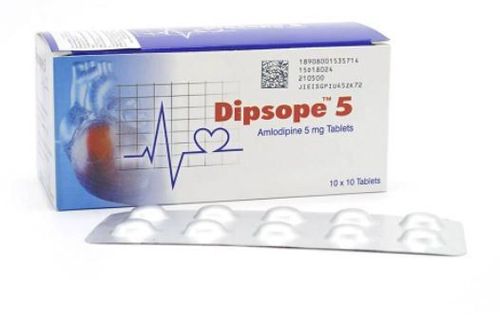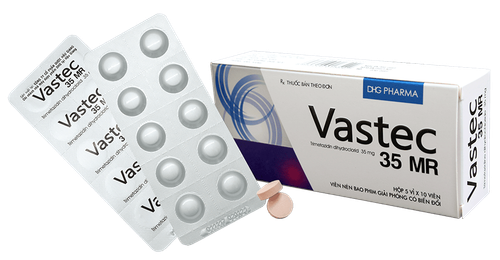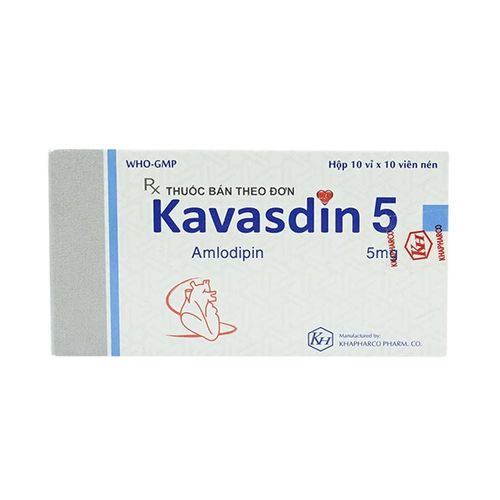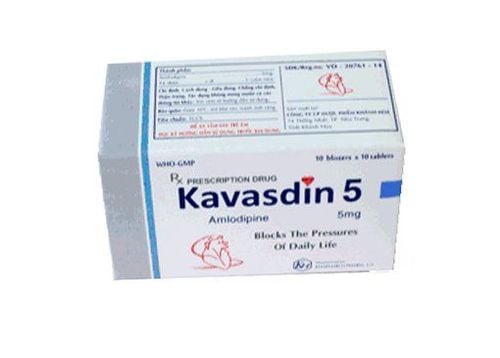This is an automatically translated article.
Safeesem belongs to the group of cardiovascular drugs, prepared in the form of tablets, packing box of 3 blisters x 10 tablets. Please refer to some information about Safeesem in the article below to help you know how to use the drug appropriately.
1. Indications for taking Safeesem
Safeesem contains the active ingredient S-Amlodipine Besylate with the strength of S-Amlodipine 5mg or S-Amlodipine 2.5mg.The drug is indicated in the treatment of the following conditions:
Control of essential hypertension; Treatment of stable angina pectoris; Treatment of angina pectoris caused by vasoconstriction.
2. Dosage and how to use Safeesem
Safeesem dose for adults:
Treatment of angina and high blood pressure: The starting dose is usually Safeesem 5 mg/time/day. The dose of Safeesem may be increased to a maximum of 10 mg depending on the patient's response. Patients with hepatic impairment: The recommended dose of Safeesem is lower. No dose adjustment of Safeesem is required when co-administered with thiazide diuretics, ACE inhibitors. The above dose of Safeesem is for reference only. The specific dose of Safeesem will depend on your condition and disease progression. To get the right dose of Safeesem, patients need to consult their doctor/pharmacist.
3. Contraindications to the use of Safeesem
Contraindicated to use Safeesem in patients with hypersensitivity to the active ingredient Amlodipine, Dihydropyridine derivatives or any of the ingredients and excipients contained in the drug Pregnant and breastfeeding women
4. Drug interactions
Here are some drugs that can interact with Safeesem:
Non-steroidal anti-inflammatory drugs; Estrogen; Sympathomimetic agents reduce the antihypertensive effect of Safeesem. In order to avoid unwanted interactions when using Safeesem, patients should inform their doctor/pharmacist of all medications, dietary supplements, vitamins, etc. they are taking.
5. Safeesem side effects
Safeesem is generally well tolerated. In a controlled clinical trial in patients with angina and high blood pressure, the side effects that Safeesem caused were common in mild to moderate severity such as:
Headache; Edema; Tired; Nausea; Dizzy ; Palpitations; Rarely pain, weakness, cramps.
6. Notes when using Safeesem
When using Safeesem, it should be noted and cautious in the following cases:
People with aortic stenosis, liver failure and congestive heart failure; Amlodipine does not cross the dialysis membrane. Store Safeesem in a cool, dry place. Avoid direct sunlight on the medicine. The basic information about the drug Safeesem in the above article is for reference only. Because this is a prescription drug, patients should not use it on their own, but need to contact a specialist directly to get an appropriate prescription to ensure safety for health.













